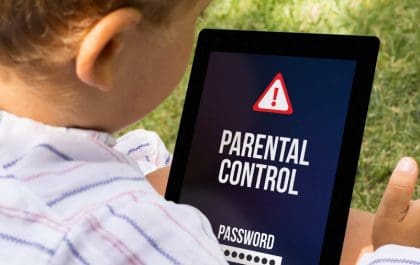My 13 year old son is an avid soccer player. He plays for his school team. He is in Knoxville Football Club, and with the beginning of spring, the number of training sessions and games have increased. He is very fit and sporty, has suffered no obvious injury, so it took me by surprise when he recently started complaining of pain in both of his heels during and shortly after soccer sessions. The more he played, the more he struggled. Eventually, he came to a point where he couldn’t run to keep up with other players, and his soccer skills suffered. There hasn’t been any swelling or bruising, and he wears decent quality cleats. So, why is he in pain? Is this a potentially serious problem? Should he continue playing?
It turns out that my son has Sever’s disease, also known as calcaneal apophysitis. The name might sound frightening, but this is the most common cause of heel pain in children, especially those who play sports on a regular basis. Yes, it can be painful, but it is only a temporary condition without causing any long-term damage. It just tells us that the kids are growing.
There is a growth plate (epiphyseal plate) at the end of developing bones in children. The growth plate determines the future length and shape of the mature bone. Sometime during adolescence, when growth is complete, the growth plate closes and becomes solid bone. Until then, it is the weakest area of the growing skeleton and vulnerable to injuries. The growth plate in the heel bone (calcaneal apophysis) is where the Achilles tendon and plantar fascia attach. During the growth spurt that can begin anytime between the ages 8 and 13 for girls and 10 and 15 for boys, bones often grow faster than muscles and tendons, and the foot is one of the first body parts to grow to full size. As a result, the muscles and tendons become very tight and overstretched. Repetitive stress on already tight Achilles tendons can damage the growth plate causing inflammation, tenderness, and pain.
Sever’s disease usually affects children between 9 and 15 years of age who participate in running and jumping sports, especially those that take place on hard surfaces, such as soccer,

gymnastics and basketball. It often goes undiagnosed and is more common in boys than girls, probably because boys are generally more active at that age. The pain is usually described like a bruise, but there is rarely swelling and no visible bruising. The pain is located at the back of the heel, usually on both legs, often extending to the sides and bottom of the heel. If you squeeze on both sides or dorsiflex the ankle, the heel may hurt. You may observe an unusual walk with a slight limp, or your child may walk on tiptoes to avoid putting pressure on the heel.
The diagnosis is clinical and rather straightforward. X-rays or other tests are usually unnecessary, but they may be used to rule out other problems. Kids with pronated feet (they rollin at the ankle upon walking) or with flat feet or feet with high arches have higher chances of developing Sever’s disease. There are other conditions causing heel pain, like inflammation of the Achilles tendon, plantar fasciitis, heel spurs, stress fractures or infection. These are rare in kids, but if the pain is significant, even at rest, there is swelling and/or redness, or a reduction in range of motion at the ankle joint, then you should contact your doctor.
That’s right, my son has Sever’s disease, so what are my options? I know time will cure it. He will eventually pass through the growth cycles, mature, and the pain will go away. It may take weeks or months. The easiest solution would be to cut down or even stop his sport activities for a while, but he is in the middle of the season, and I can’t just tell him to stop playing soccer and start swimming. Fortunately, there are things we can do. First of all, talk to your kids and explain the problem. Have them get involved in the process. Warming up before and stretching after practice is important. Invest in good quality shoes with a slight heel and a cushioned sole. Adding heel pads and heel lifts into cleats are helpful. Protect the heel, and avoid waking with bare feet.
Related posts
Newsletter Subscribe
Newest Posts
Set Up a Parental Control for Online Safety
Have you ever wondered how long your children spend in front of a device without your supervision? Yes, it is…
Adopt A Life, Save A Life
By Jeff Ashin, CEO, Young-Williams Animal Center. Photo by: Young-Williams Animal Center Are you or your child thinking of adding…

